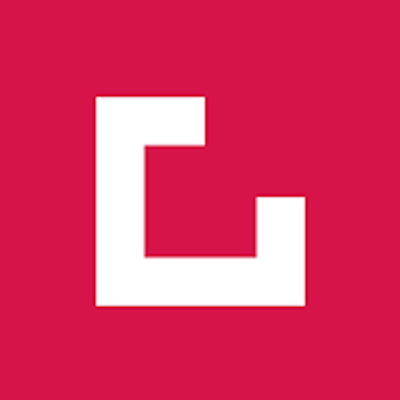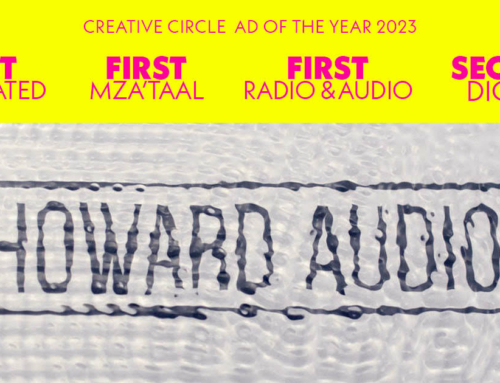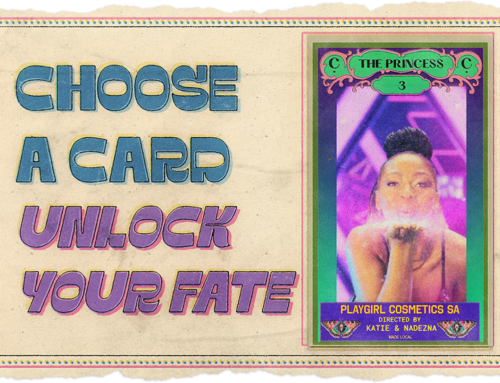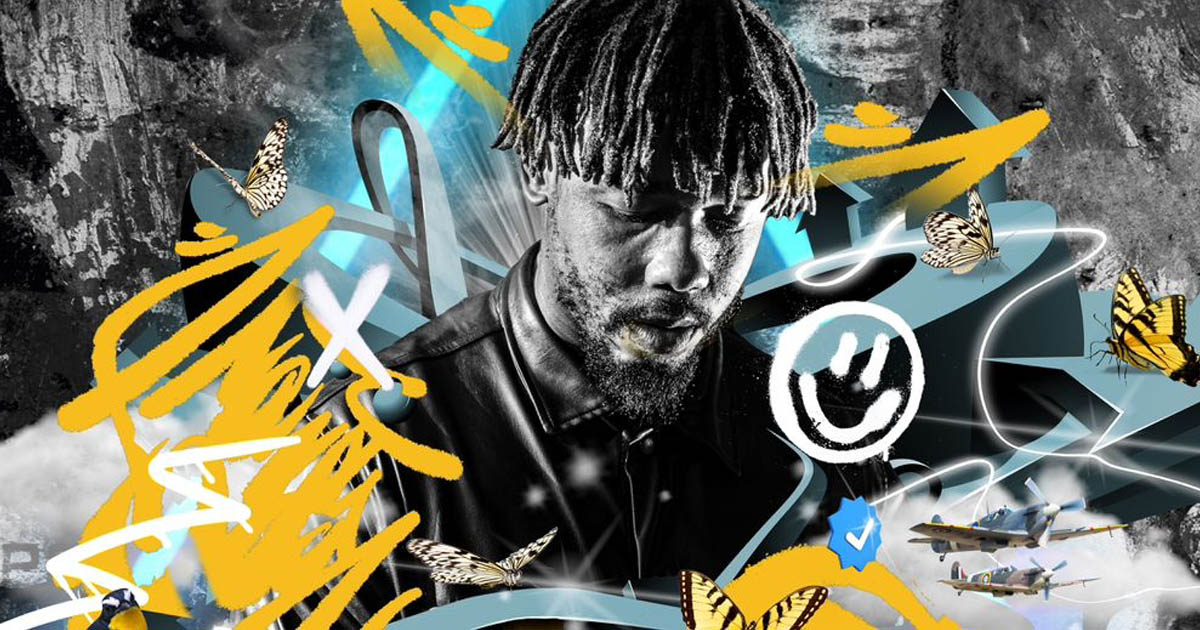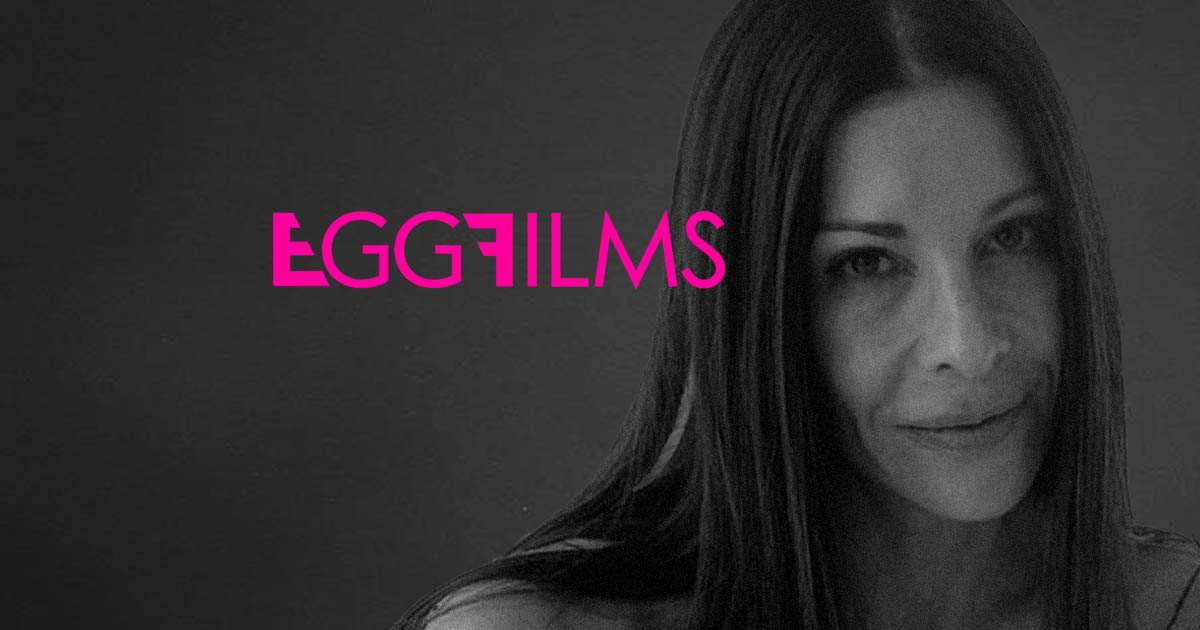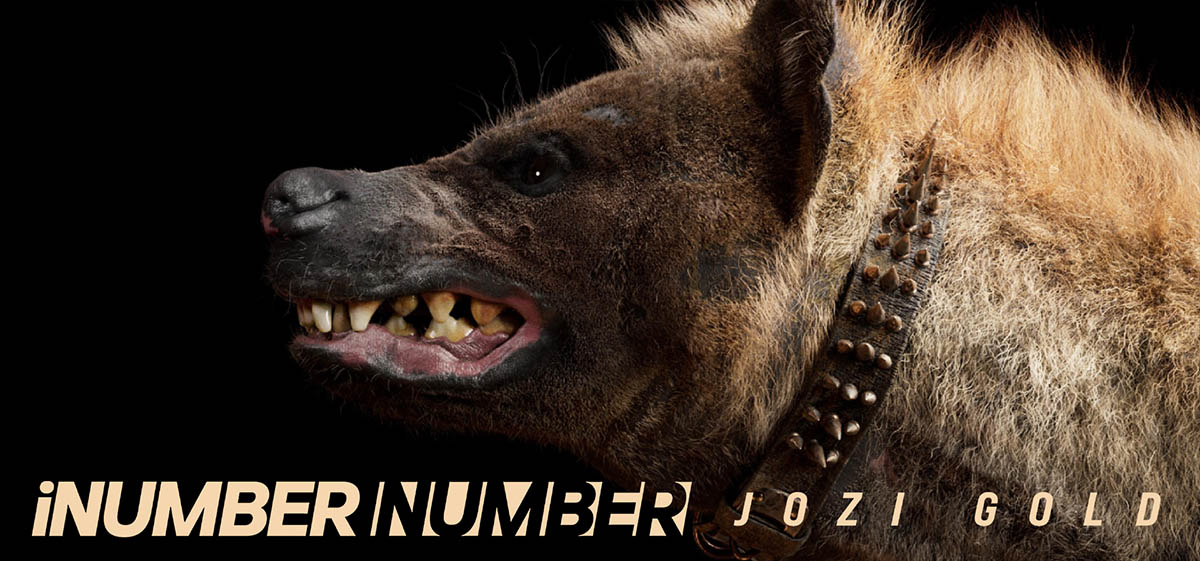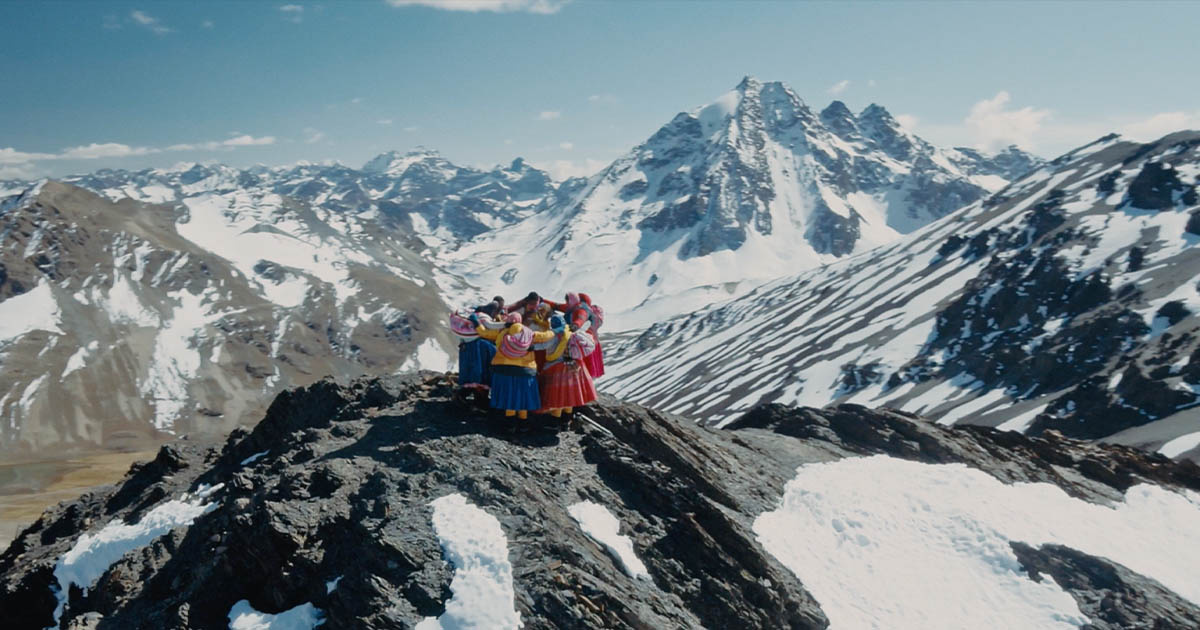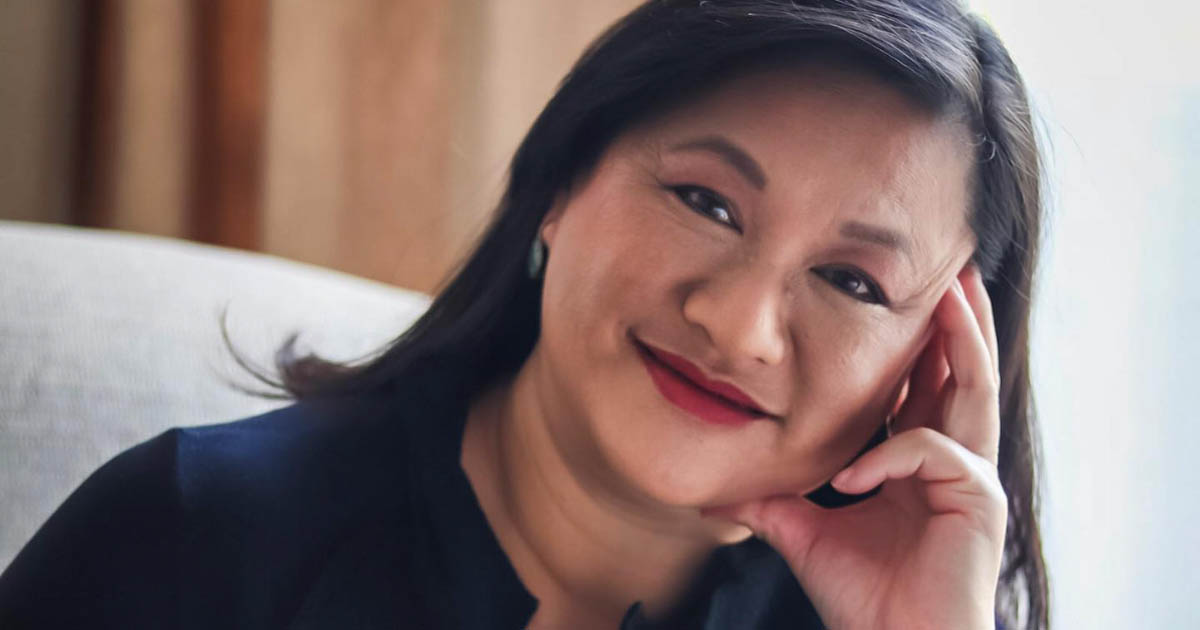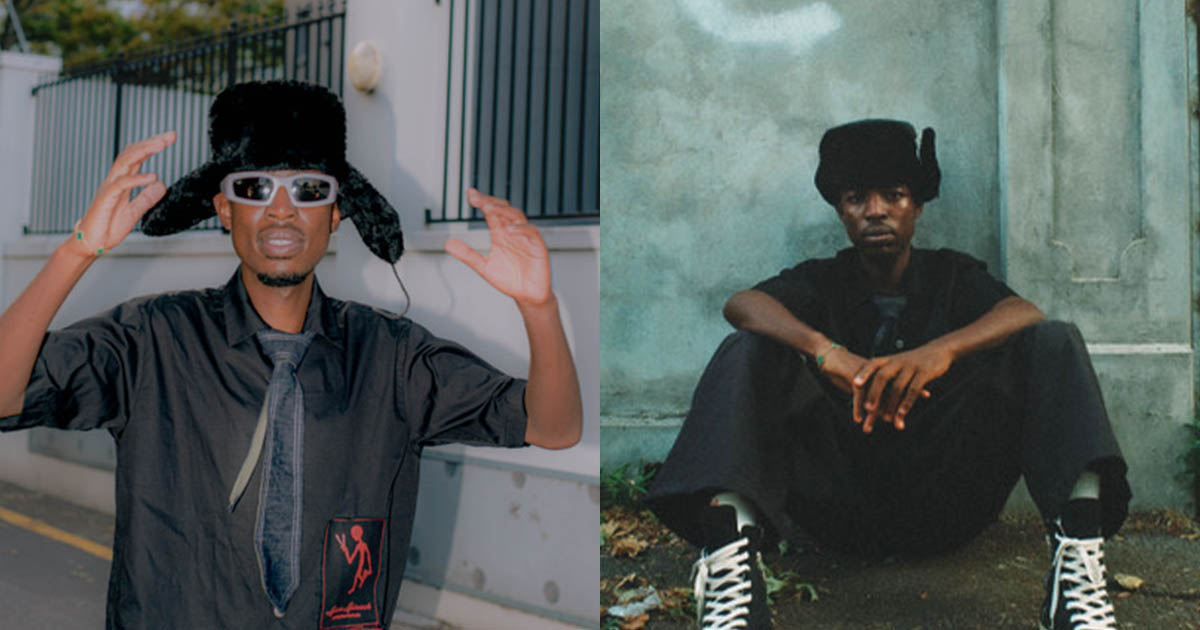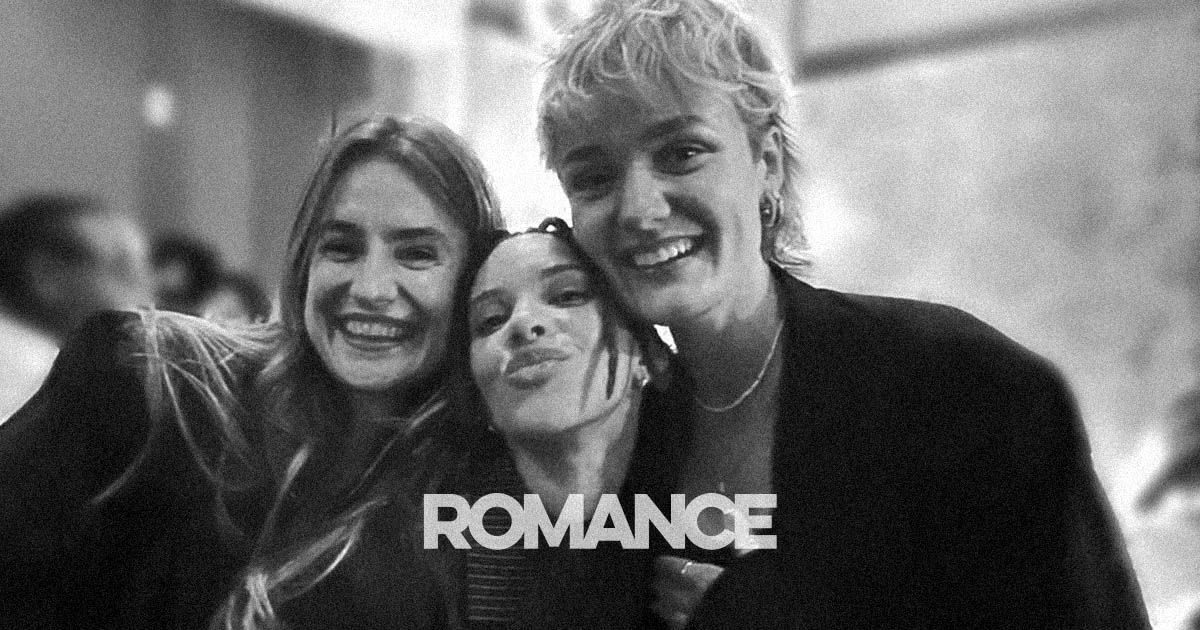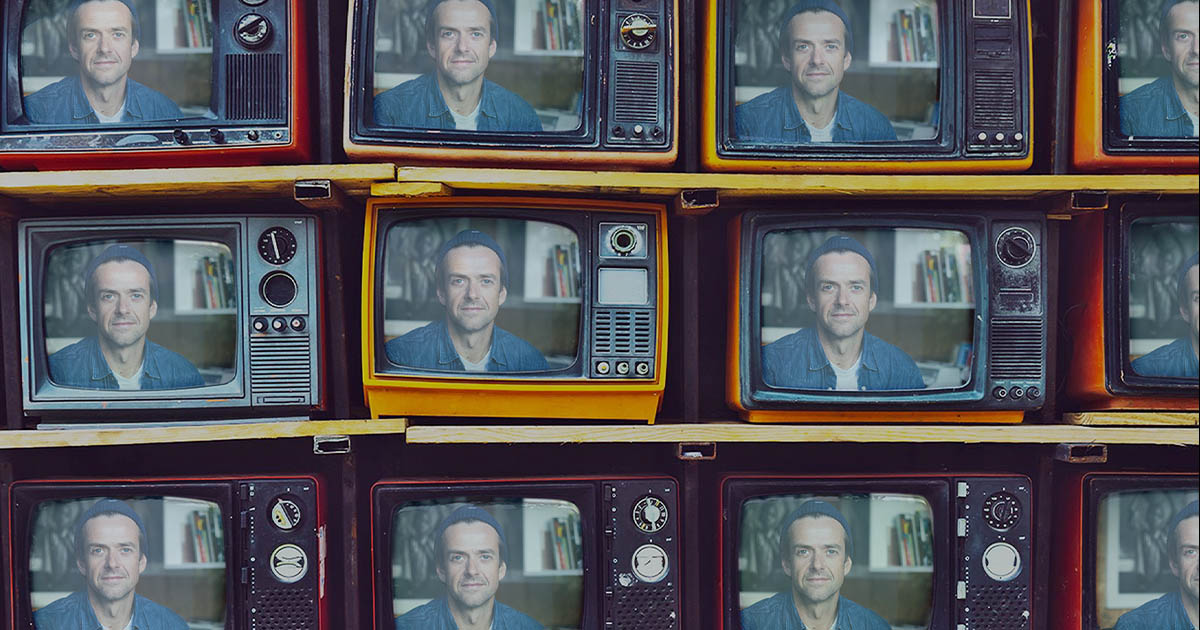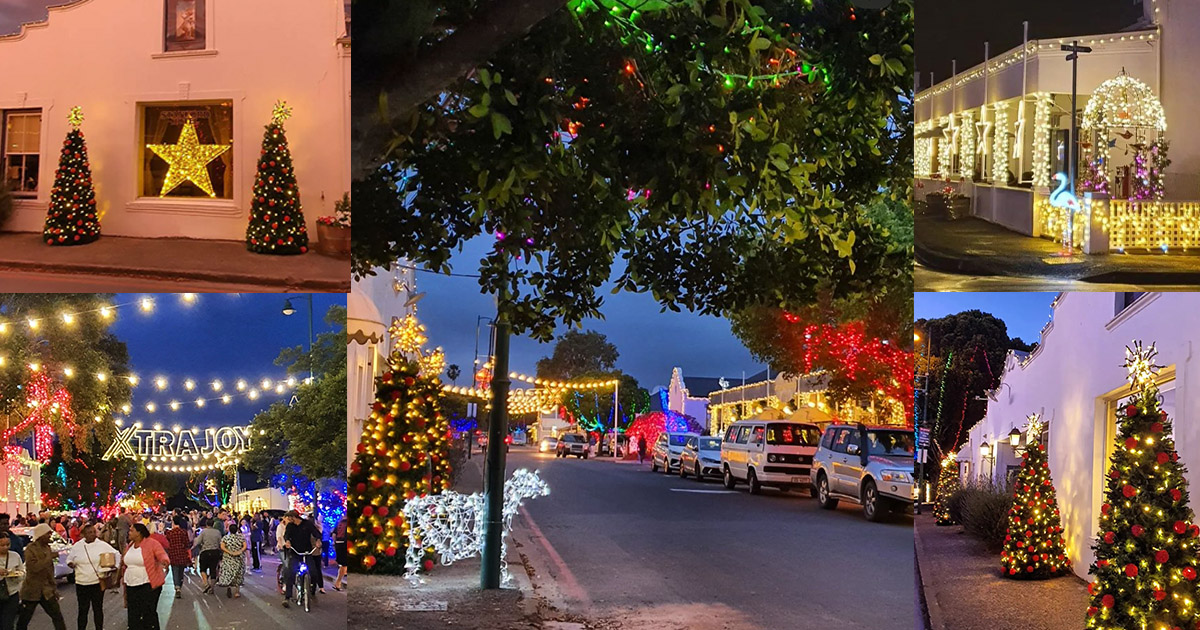
Inside the Agency with Grid: Out with Branding, In with Culture.
Grid, previously well known as the branding and design specialists, have always been at the forefront of making things beautiful and responsible for setting the tone for a brand. Those guys you see at The Loeries wearing sunglasses because their Grid merch is so damn lit. The team who can make anything just look flippen sexy. Recently however, we’ve noticed TV commercials and through-the-line campaigns winning at award shows with the entrant agency being Grid Worldwide and we’re like…hang on…Grid?…What’s happening?! We went inside to investigate.
Firstly, let’s set the scene… over say the last seven years brand communication could be easily plotted along a consumer’s journey and the industry consisted of specialised agencies (above-the-line, digital, design etc) to service that journey. Ideas were packaged into neat little boxes. With the rise of many more digital channels, more consumer touchpoints became available and integrated campaigns needed to move from the old-timey ‘360-degree storytelling’ approach to ‘trans-media storytelling’. This all led to full service agencies merging with specialised digital shops in order to connect with consumers at every touchpoint throughout the media landscape. What makes the Grid story so compelling is that, as the design and branding specialists, they were there at the very beginning, starting the brand story with clients. But Grid is not stopping there anymore. They are now continuing to tell their clients’ stories and meeting consumers of their brands at every touchpoint by becoming what they call ‘an open source business that specialises in brand creation and curation.’
We sat down with the big guns; Chief Creative Officer and Founder Nathan Reddy and Joint CEO’s and Partners David Cohen and Adam Byars to get behind the scenes and find out all about the new expanded Grid offering.
Who is Grid now?
iDidTht: When did you know you wanted to expand Grid’s offering?
Adam: We are not a design agency, an advertising agency, or even a branding agency. We are an open source business that specialises in brand creation and curation. Simply put, we knew we had to be as agile as the world we live in.
David: We’ve been on this journey for about 18 months to two years and we’re growing and building all the time. Solidifying that is the key target over the next six months. So embedding these new offerings and business into the market is key.
iDidTht: How have you been able to manage these changes and structure this growth within Grid?
Adam: Grid runs under 4 pillars: 1. Growth, 2. Creative Excellence, 3. Insights and 4. Culture. Those pillars guide everything we do.
What is an agency without a pillar #AmIright?! For us all to better understand Grid’s growth and offering, let’s go through each pillar individually.
1. GROWTH
‘Grid’s ability to scale our business through innovative offerings, nurturing the best talent & delivering financial results to our shareholders.’
iDidTht: Was the changing marketing landscape the main incentive to expand?
David: Yes, we recognised that we needed to morph our business and experiment and do new things to keep ourselves relevant in the future. Our clients liked the stories we were creating for their brands and wanted us to continue telling them.
Adam: For us there is no design or advertising anymore, there is just the holistic brand experience. When clients ask us what we do, we ask ‘what do you need?’ We aim to curate the brand experience from brand origination to distinctive assets, communication, brand culture, and how someone feels when they engage with the brand.
iDidTht: How many people do you currently have rocking the Grid caps?
Nathan: We have a 50-strong team that are all quite varied in disciplines and at any given time there can be another 25 or 30 different people depending on certain projects, but the idea is not to use the so-called typical people as freelancers. Grid collaborates with people from varied industries with various talents in order for us to find the right solution for your business.

iDidTht: Yoh, you guys are growing faster than a Dagga plant in the suburbs!
David: Haha, yes. But it’s not just about growing, it’s about growing in the right areas and growing in the right direction and trying to stay ahead of where things are going and leading that conversation. We are always experimenting. Something that’s always been part of the Grid way, over and above having a diverse skill set, is having a big collective that we partner with like musos, architects and fashion designers. We’re always looking for very interesting people to come in on particular projects and work with us.
Adam: Because Grid is predominantly a project-based agency, we are very entrepreneurial and hungry. It’s not the traditional 3 or 5 year cycle, we are always looking for interesting things and growing our client base organically. We are moving towards a value-based business model. While the traditional time-based model tends to be reactive, time-obsessed and client-led, our value-based model is proactive, ideas-based, agile and culture-led. Unconstrained by outdated models, we work to give brands real purpose.
iDidTht: Project-based?! Excuse us while we faint. To have so many full time staff members and still be project-based must be incredibly stressful. Do you even sleep?
Nathan: Haha, not really. But it’s a hybrid model. We also have clients on retainers who we’ve had for over ten years.
2. INSIGHTS
‘Grid draws insights from the world around us on a daily basis to deliver a Real-Time Strategy model.’
iDidTht: Grid takes a holistic approach when creating work for brands, servicing each touchpoint for the consumer. That’s a lot of juggling, how do you practically put that in place?
Nathan: I want to be obsessed with my client’s business, but I need to know how people are interacting with my client’s business and why they like my client’s brand. Our first step when we approach a project is to talk to the company we are working with and with their CEO about their internal culture and change management. Only then can you start changing that culture within the organisation and only after that can you move onto the communication, the experiential advertising etc. We have become custodians of how we make people feel. We want people to look at things differently and you can only create work like that when there is an amazing understanding between the client and the agency.
iDidTht: So how do you change the culture of a brand? Do you have an example?
Nathan: We want to change the way people look at you as a business. We are part of the TBWA Worldwide network right, so over the last three years myself and our Grid office have been very involved in the change management of TBWA Worldwide. We did the entire re-brand of TBWA Worldwide and a lot of the starting points were finding out what is culturally relevant today. Even though at TBWA Worldwide we own the concept of Disruption, Disruption needed a 2.0. So we looked at what disruption means in the 21st century.
TBWA have a concept called Backslash – it’s about playing in culture and finding triggers across the globe that spark a specific trend or a specific conversation and then it’s about articulating those things and utilising them in different categories. See you have to play in culture in order for you to be ahead of culture.
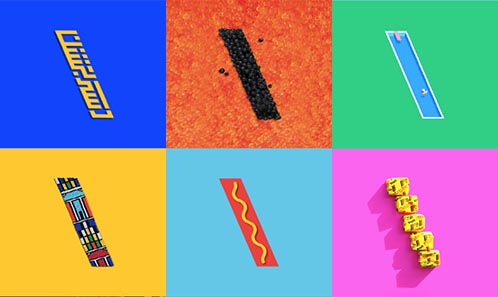
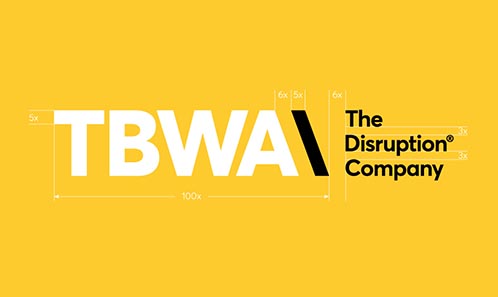
iDidTht: How does Grid manage to consistently ‘play in culture’ and stay so on-trend with the work you produce?
Nathan: It’s just keeping abreast of culture and exactly what conversations are happening. Target audiences are so blurred today and people are watching different things on different platforms. But if you’re a good analytical person, you can look at a screen and you can see trends happening and you can pull certain things together. It all informs certain conversations about a brief and it informs a conversation about a direction – those are thought-starters and we use that in our brainstorms.
iDidTht: For a while we’ve heard a lot of international companies talk about culture but not so much locally. Culture is such a big word, short of whipping out a Wikipedia page, are we talking social behaviours and customs here?
Nathan: No need for Wiki. We have a team called the Ninjas. Every day at 10 am they get together for what we call G-Live, which stands for Grid Live, and it’s a session about spotting and looking at trends. Up on the walls of the room, we have all our brands and what they stand for. During the session, the Ninjas are pulling out nuggets from all over the world applying them to what is relevant for each brand. Data and how we analytically sift through the information is part of our process. This understanding of culture gives us a broader understanding of creativity and we have to use all the tools available to us to make sure we have the most impactful message created for our specific clients.
iDidTht: Are these cultural trend interrogations a replacement of the psychographics in a brief? This seems like a far more relevant way of talking about what’s happening culturally with consumers instead of looking at the traditional attributes like habits, hobbies or where they buy their almond milk.
David: Yes, but I also think what’s been key for us is not putting people into boxes. Investment in certain social listening tools has been hugely beneficial for us both through TBWA and some of our own work.
iDidTht: Listening tools? We talking Beats by Dre here?
David: Haha, not quite. We have tools we use like Google trends, Crimson Hexagon and Fashion Snoops to help keep our ear to the ground and our finger on the pulse and connect the dots not seen before. One of the tools we also use is called Backslash which is a TBWA tool. It comes out three times a week and is fantastic at keeping abreast of what’s happening in the world, what the trends are and helps us look at things differently.
3. CREATIVE EXCELLENCE
‘Grid delivers Disruptive World Class Creative Solutions for our clients’ business challenges.
iDidTht: How do you think consumers have changed over the last 7 years?
Nathan: What’s changed is that people don’t want a brand to shove down their throat ‘buy me, buy me’, they want a brand that can live in their lives. Whether something is a TV ad or it’s viewed on digital doesn’t matter. The only thing that matters is if they like it or not, irrespective of the platform.
iDidTht: How do you take all these insights around culture and practically turn it into excellent work?
Adam: Grid has something called #MakeItMeanSomething. We have to make sure that the work we create looks at how someone feels and whether it means something to them. But that is our eventuality of engagement with our work and it’s something that we can measure.
iDidTht: Has this changed how you judge the work you create?
Nathan: There are four filters we judge the work we create through. These four things are the drivers that push us toward creating work that means something and they are: Does it inspire me? Does it entertain me? Does it inform me? And above all, it has to be beautiful.
Adam: Ultimately what Grid is very good at doing is understanding the business and how the client’s or brand’s culture needs to change. If you get that right it’s much easier to put that message out to the world. And ultimately then how we make people feel both within a business and in terms of their customers is crucial.
Nathan: When you are intimately involved in the culture and the change management of your client’s brand and if you also understand the profit lines, product and services, then you’ll understand why you are creating the work and this leads to better creative excellence.
The Grid Work
Here are some of our favourite picks from the Grid reel that definitely inspired us, entertained us, informed us and above all, is damn beautiful. This work showcases the move from your typical design and branding shop to the open source business that Grid has become.
#HOPEJOANNA
FNB ‘Springbok Helpers’
The Making of Absa Drone Show
4. CULTURE
‘G in Culture is an expression of Grid’s culture that drives us intrinsically to be the best possible version of ourselves whilst extrinsically it’s the essence of our ethos to do brave work.’
iDidTht: About two years ago Grid started to talk about the concept of G in Culture. Is that a new division of Grid?
Adam: G in Culture is not a new company, it’s not a new division, it’s not a new service. It’s more an attitude.
Nathan: We take the Grid brand very seriously. So when you work at Grid you feel like you’re part of a brand, you don’t feel like you’re part of an agency. That makes a big difference. When you put that Grid cap on or when we have a Grid party or event, there’s a Grid way of doing it. The agility and confidence that we try to instill in all our people is kind of the recipe to G in Culture.
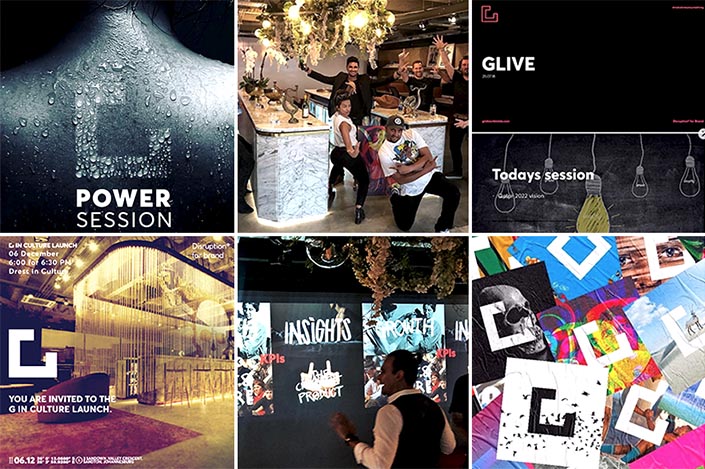
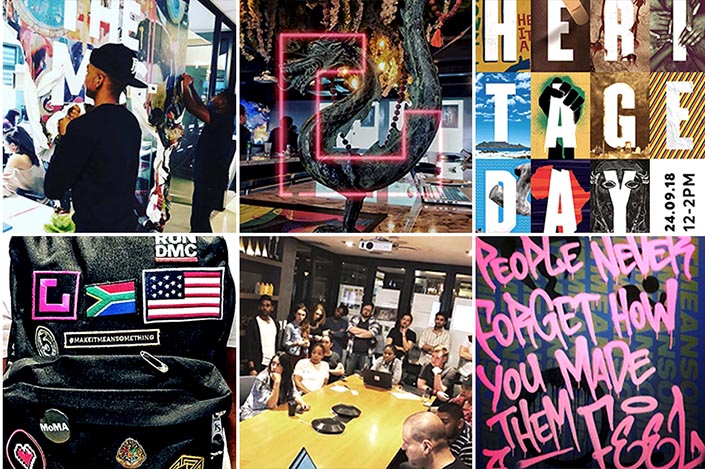
Nathan: Our people are very important to us. We also have something called G Power Sessions, this could be Grid yoga classes, breathing classes, exercise etc. When we say ‘culture’ we really want to know about our people. We look at the body, mind and spirit of our people and we want to look after all those key areas. If we broaden their horizons, they come to us with bigger bolder ideas.
iDidTht: Grid has designed some of the most beautiful internal spaces for brands. In terms of Grid’s own internal space, do your offices speak to the G in Culture attitude that you live by?
Nathan: You can’t put a sign up to tell me what your philosophy is, it just becomes part of your routine, it becomes part of your belief system, it becomes part of your value system. I want to be obsessed with my client’s business, I want to be obsessed with what’s happening in culture, I want to inform myself in all kinds of disciplines and I want our people to be like the navy seals. But I can’t just put up a poster and say all of you must walk in a line. Constant interaction, constant personality clashes and constant nurturing reward us with an outcome. So I would like to have our spaces conducive to this kind of behaviour, but it’s not like I’m creating the spaces and not understanding the internalisation of who our people are. You can’t put up a marker and say you go in that space now and act differently. To me it comes from everyday interactions. We adjust our model almost daily. If we have a little kink in the road we have a huddle and we sort it out. It’s a very hands-on business and we ourselves are very hands on. Everyone feels empowered and everyone feels they can make a contribution. We have an inclusive family culture and it makes a big difference.


iDidTht: What’s next for Grid and the future of advertising?
Nathan: The world is moving toward automation and uberisation. So the question is, how do we take the big idea and understand the agility and the speed of getting the message out there? We don’t understand how quickly these platforms will become available and we have to find ways of implementing these platforms very quickly. To me, the big idea and automation will be the future.
David: It’s not something we want to fight, we have to embrace that.
iDidTht: So you don’t think automation will kill creativity?
Nathan: No, don’t think that for a second. If, as a brand, you have to be on certain platforms, and you give an agency a brief and it takes them a month to put the work on all the platforms, you are out of business. You still have to have the big idea, but you need to make sure it lives across all the platforms simultaneously and have them working in tandem. Ultimately for Grid, we want to open the world up to looking at new possibilities of how the creative industry can survive.
And what better way to end than with these words from the Grid team: “Good enough is not enough. Do the thing that disrupts. That upends. That doesn’t just defy the status quo, but reshapes it forever. Do the brave thing. #MakeItMeanSomething
Contact Grid Worldwide
Johannesburg Office
198 Oxford Rd
Illovo, Johannesburg
+27 11 502 4600
info@gridworldwide.com
Produced by the iDidTht Content Studio
Credits: Anne Hirsch (Writer) / Julie Maunder
*This content may not be reproduced or used in any part without the prior written consent of iDidTht. Reprints must credit iDidTht (iDidTht.com) as the original publisher of this editorial piece and include a link to this site.
This Editorial is paid for by Grid. Want our studio to create content that puts your agency/company/kickass ad you made in bright lights for the whole industry to see? View or editorial packages or contact julie@ididtht.com and we’ll make it happen! #Boom

